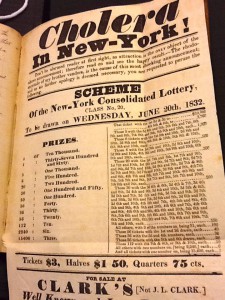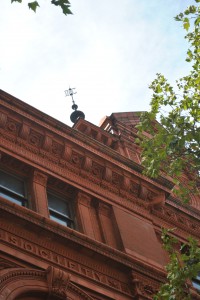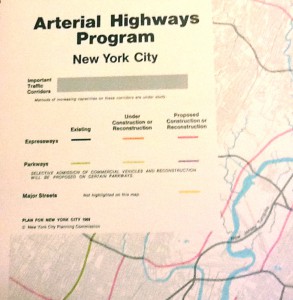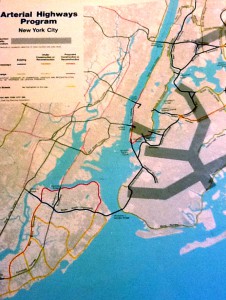Fernando T
Professor: Gold
English 1101
December 18, 2011
Final Project: The Digital Archive
In the emerging technology of Internet base, files hosting methods such as “Drop box” that only focuses on the storage and preservation of data context becomes more permanent in our lives. The interaction and archival process with more physical objects or space such as the OWS [Zuccotti Park] represents a challenged in what is the proper method of archiving physical space. Drop box like many other Internet base file hosting sites, is a clear representation of technology (in this case the internet) to be incorporated in our daily life, making the process of file sharing and archive accessible to everyone.
According to Drop Box’s website (http://www.dropbox.com) the beginnings of the company date’s since 2007, which represents the beginning of free files host wed sites. The great idea behind a files host website, is that any one can upload as well as share folder (via emailing or linking folder within other user) that can contain context ranging from images to videos. Converting the stored context into a personal archive, which digital context stored will be value of great importance to the person who chooses this method of archiving context.
The Brooklyn Historical Society, which is an institution dedicated to the conservation of New York city history but more specifically the history of Brooklyn, host like Dropbox many files but, the difference’s is that in The Brooklyn Historical Society; the institution host physical files including letters, journal, photographs and maps that because of the age are very fragile work. Personally over my visits to The Brooklyn Historical Society during this semester class, I had the opportunity to research actual primary sources such as the Gabriel Furman journals and many others.
Since I was able to actually touch and read from first hands the primary source, I feel that the physicality that one can find in an actual archive is the main difference from an Internet base file host. As I ones said, “Since the beginning of the 21st century the world has gone through rapid changes that have affected every aspect of our lives. Such changes can be noticeable in the way we acquired knowledge or simple things as the way we interact and communicate with other people…” this brings up the fact that The Brooklyn Historical Society incorporated the digital technology in order to work together with their existent organized and categorized physical content they had in their historical library.
Besides the overall experience of seen historical work on the library, like many other libraries’, historical society’s (including The Brooklyn Historical Society) and museum’s have digitalized, scanned and uploaded to online catalogues similar to similar format used by file host websites, which anyone can access and see (most of the time) a small proportion of the actual collection of work that this institution have. During one of my visits to The Brooklyn Historical Society “… my group and I, had the opportunity to learn a computer base research software, which according to the librarian its host more than eight thousand photographs and many digital images of archival object raging from oral archives (interviews) to actual furniture…” the digitalization of film images, or the photos of an antique furniture opens the endless opportunity to the actual archived of real objects in an digital age world.

• Notes and Memoranda, volume 6, 1831- 1832; Gabriel Furman papers, ARC 190, Box 2, Folder 2, Brooklyn Historical Society.
But from digitalizing physical objects (film photographs, furniture) to 18th century Atlas, comes the materialization of digital context. Anyone who owns an account with drop box or any other file host site, would automatically own their personal archive whether the files (images, videos ect…) are their property.
Yet one might think that the same situation occur when we are situated in a historical online archive. The main difference is that the context that is upload on a historical website still have the same property protection as the physical objects that can be found in the institution facility’s. In addition to property rights, digital files can sometimes not be stored forever in the Internet duo to problems cause by websites failures that can leave to data lost. A similar situation can happen to a physical place where the context are exposed to fire and many other situations that can led to damage of the actual work. The good news is that in many organizations such as The Brooklyn Historical Society digitalized their archives by photographing or scanning the context as well as by preventing the destruction of such value objects by putting water sprinkler. In addition website such as Dropbox we have limited free storage, making the processes of archiving our files to a selective amount we upload. In addition to the limited amount of free space, file host have.

• Notes and Memoranda, volume 6, 1831- 1832; Gabriel Furman papers, ARC 190, Box 2, Folder 2, Brooklyn Historical Society.
In the end every visits to The Brooklyn Historical Society was an unforgettable experience full of knowledge and discovery. Looking back at my visits, to the opportunities this institution offers to students (and anyone) from any discipline (in my case (an architecture student) an opportunity to research in any topic, using any of their extensive archive information. For me, the experience during my visits to The Brooklyn Historical Society and viewing primary sources, brought me to the conclusion that in future research’s and project one most first start discovering the past and simultaneously research the future (and the contemporary).
Worked cited
- Tejeda, Fernando. “The Only Thing We Get Are the Bills!!!! | ENGL 1101: Fire, Disease, Disaster: Catastrophe and the Shaping of Urban Public Space.” Web log post. City Tech OpenLab | Home. 09 Oct. 2011. Web. <https://openlab.citytech.cuny.edu/firedisease/2011/10/09/454/>.
- Tejeda, Fernando. “Has Memory Achieved Its Full Capacity? | ENGL 1101: Fire, Disease, Disaster: Catastrophe and the Shaping of Urban Public Space.” Web log post. City Tech OpenLab | Home. 25 Sept. 2011. Web. Dec. 2011. <https://openlab.citytech.cuny.edu/firedisease/2011/09/25/has-memory-achieved-its-full-capacity/>.
- Tejeda, Fernando. “Brooklyn Historical Society and Its Research Methods | ENGL 1101: Fire, Disease, Disaster: Catastrophe and the Shaping of Urban Public Space.”
Web log post. City Tech OpenLab | Home. 18 Oct. 2011. Web. Dec. 2011. <https://openlab.citytech.cuny.edu/firedisease/2011/10/18/brooklyn-historical-society-and-its-research-methods/>.
- “The Future of Brooklyn | ENGL 1101: Fire, Disease, Disaster: Catastrophe and the Shaping of Urban Public Space.” Web log post. City Tech OpenLab | Home. 08 Nov. 2011. Web. Dec. 2011. <https://openlab.citytech.cuny.edu/firedisease/2011/11/08/the-future-of-brooklyn-2/>.
- Notes and Memoranda, volume 6, 1831- 1832; Gabriel Furman papers, ARC 190, Box 2, Folder 2, Brooklyn Historical Society.
- Maps of the Future of New York City, Brooklyn Historical Society.






